Geoffrey Kemp Bourne was commissioned into The Royal Artillery in 1923 and served overseas in Hong Kong, the Far East, and the Mediterranean prior to attendance at the Staff College, Camberley, in 1935.
During World War II he served primarily as a staff officer including postings to the Joint Planning Staff (War Office), 1939-41, and the Joint Staff Mission, Washington DC USA, in 1942.
After serving as Commander, 152 Field Artillery Force (Ayrshire Yeomanry), in Italy (1944), he went on to serve as Chief of Staff, 1st British Airborne Corps, from January to May 1945. In this post he was responsible for the joint planning of the American and British Airborne units of the First Airborne Army, for which he was subsequently awarded the Legion of Merit (Degree of Officer) and the citation notes: “The rare judgement and unusual ability shown by Brigadier Bourne in co-ordinating the planning and execution of the joint Airborne operations contributed materially to the successes achieved.”
His actions on Op Varsity were recognised in 1948 with a US Silver Star. The citation for this award records:
“Brigadier Geoffrey K Bourne, OBE, British Army for gallantry in action in connection with military operations against an armed enemy of the United States on 24 March 1945.
Brigadier Bourne, Headquarters, 1st British Airborne Corps, landed by glider in the hostile area on the east side of the Rhine with the airborne assault wave at 11.00 hours on 24 March 1945. Proceeding under constant enemy machine gun and small arms fire, he made a complete evaluation of the friendly and enemy situation. This vitally essential information he carried to the west bank of the Rhine, travelling through the enemy held Diersfordt Woods in order to reach his destination.
Brigadier Bourne’s personal courage, gallantry and determination in the face of the enemy reflect the highest military traditions, and his actions were a material contribution to the successful airborne operation north east of Wesel.”
After a further staff post with 21 Army Group he went on to become Commander Royal Artillery (CRA) 5 Indian Division, Java, Indonesia 1945-46, and later became Head of British Mission to Burma 1947-48, followed by General Officer Commanding, British Sector, Berlin, Germany.
He returned to the Airborne Forces fold in 1951 when he became Commander of 16 Airborne Division (TA), a post which he held until 1953, when he took over Eastern Command.
He went on to serve as General Officer Commanding Malaya and then became Commander-in-Chief, Middle East Land Forces in 1957.
His final post was as Commandant, Imperial Defence College 1958-59 before retirement to the Army Reserve of Officers in 1960.
Other posts held include Colonel Commandant, Royal Artillery 1954-67; Honorary Colonel, 10 PARA (TA) 1960-65 and Aide-de-Camp to the Queen.
He was bestowed with a number of honours culminating in a life peerage in 1964.



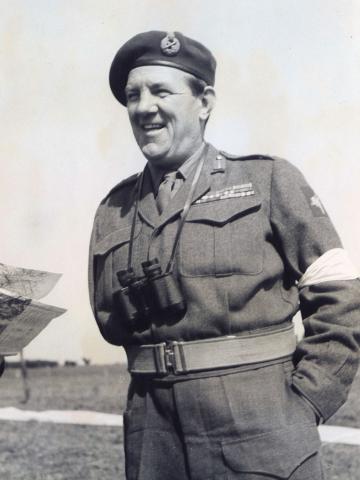
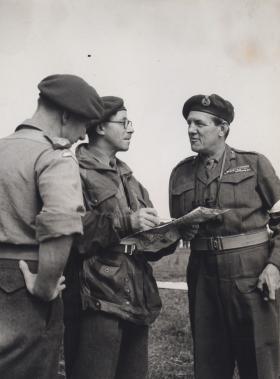

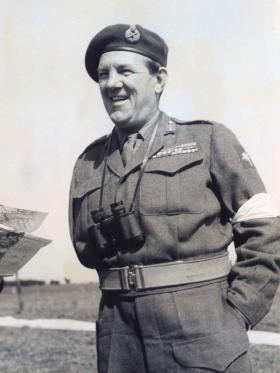
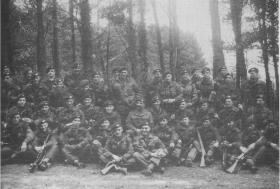
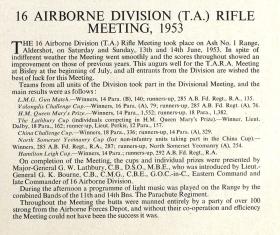
Latest Comments
There are currently no comments for this content.
Add Comment
In order to add comments you must be registered with ParaData.
If you are currently a ParaData member please login.
If you are not currently a ParaData member but wish to get involved please register.